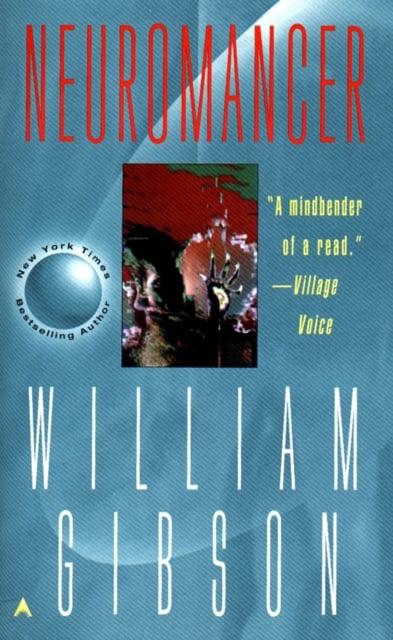Invisible Cities (reread!)
by Italo Calvino (1972)

2025 reads, 5/25:
“Arriving at each new city, the traveler finds again a past of his that he did not know he had: the foreignness of what you no longer are or no longer possess lies in wait for you in foreign, unpossessed places.”
A reread of one of my favorites. My wife gifted me the beautiful Folio Society edition of this book for Christmas, and only having read it on Kindle, I immediately wanted to experience all its literary and descriptive glory on the physical page. My appreciation for Invisible Cities has grown since I first read it a couple years ago, as I find myself thinking about it now and again, rereading certain passages just for the sheer brilliance of the descriptions. But this being my second full time around, I not only gain a deeper appreciation of Calvino’s prose, but how Invisible Cities fits into the world we live in today.
For the uninitiated, Invisible Cities is a novel that contains fifty-five poetic descriptions of different cities, interspersed throughout a conversation between world-class explorer Marco Polo and the great emperor Kublai Khan, who wishes to know more about his empire. And although it is outright said in one of their conversations, I'm not sure I subscribe to the notion that Marco Polo is describing Venice in different ways.
“No one, wise Kublai, knows better than you that the city must never be confused with the words that describe it. And yet between the one and the other, there is a connection.”
I could see Calvino using different viewpoints of Venice as an inspiration for some of these cities (a subtle but important difference). But who’s to say that these descriptions can’t describe other cities? I could see Despina (Cities and Desire 3) as a physical representation of San Francisco. Valdrada (Cities and Eyes 1) could represent Cleveland, or any city on a lake, or even any city that makes you feel like you’re being watched. And Zaira (Cities and Memories 3) reminds me of visiting my hometown years after moving away. But these are just my interpretations, based on memories and experiences of cities I’ve been to.
And many of these descriptions are not even about cities themselves, but how people see cities, how people see themselves, even how people see each other. By 2050, the United Nations estimates that over two-thirds of the world's population will live in a city, and since the best cities are a collection of diverse citizens, I could see an interpretation where a person who desires sees a city differently than a person with memory, or a person towards the beginning or end of their life – we all perceive in different ways. Yes, one could say all of these cities describe Venice. But I’ll extrapolate that a bit – why just Venice? Why not take thirty different people from New York, Tokyo, São Paulo, or Beirut? Ask them to describe where they live, and even within the same city you’ll find incredibly different views. A city, a home, is what you make of it.
“So the garden remained a shapeless waste, until the benevolent tsar, passing by one day, glanced at it by chance, and ordered them to tell him what kind of garden it was.”
In M83’s “Midnight City” he sings
“the city is my church it wraps me in its blinding twilight”
– and who, at times, hasn’t felt the religious allure to skyscrapers, sidewalks, alleyways, lights, walkability, and community. Invisible Cities explores this, through memories, through trade, through love and fear, through death. This is within my top five books of all time – it’s that good. If you decide to read it and succumb to the imagination of Calvino and all these fantastical cities, I hope you share my love for it.
“Cities, like dreams, are made of desires and fears, even if the thread of their discourse is secret, their rules are absurd, their perspectives deceitful, and everything conceals something else.”





